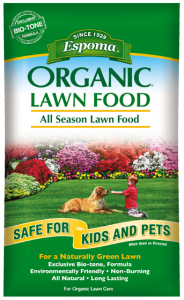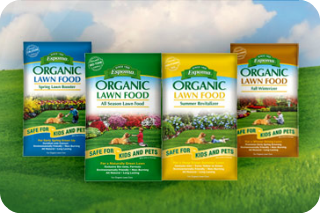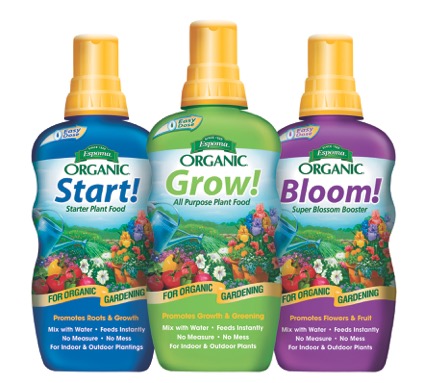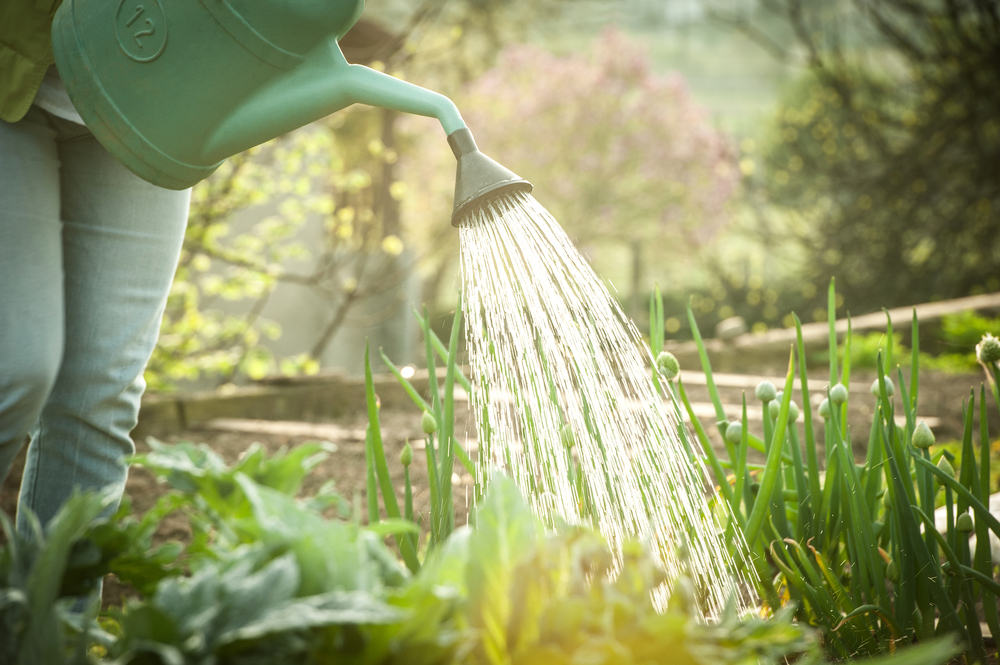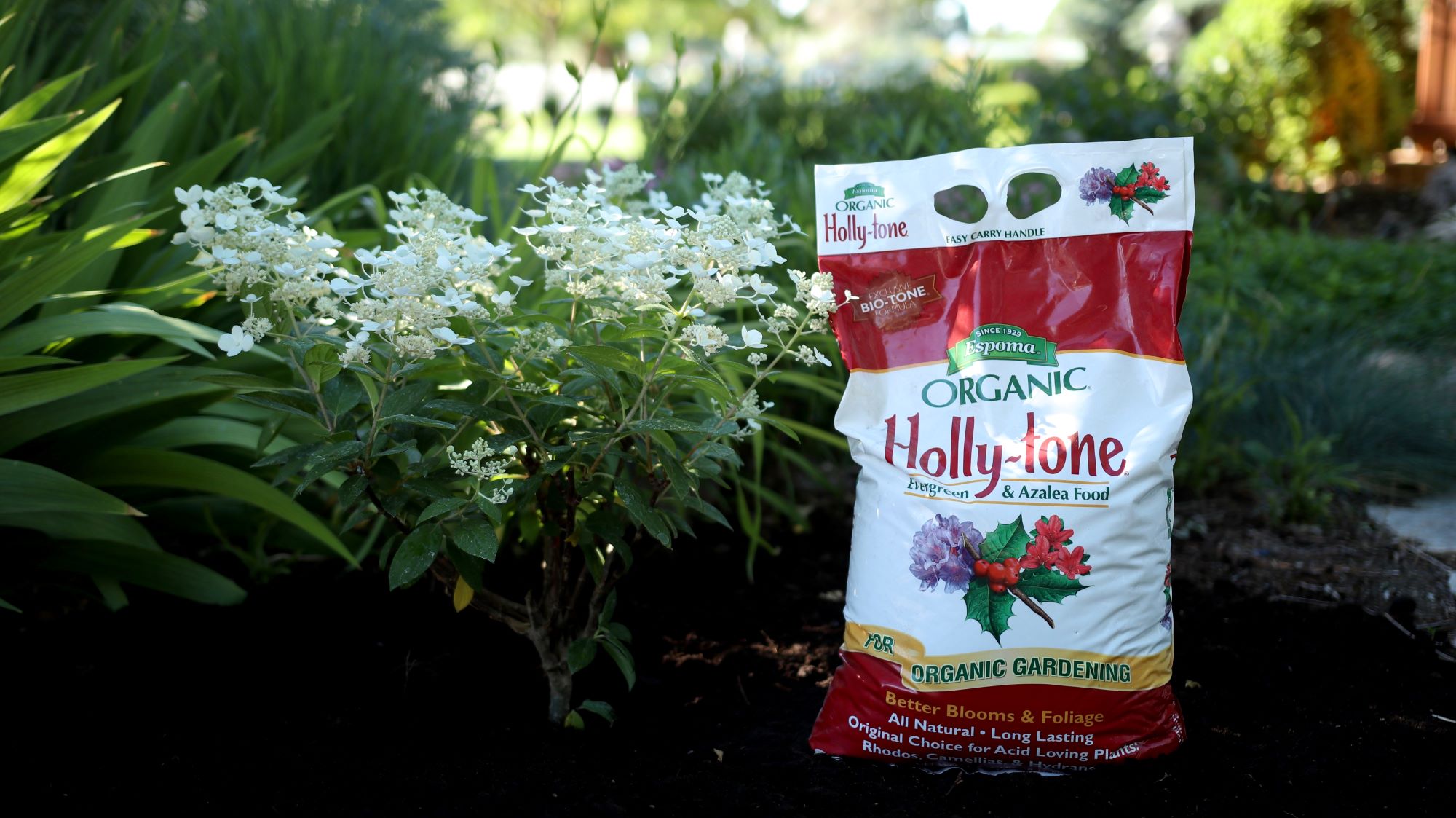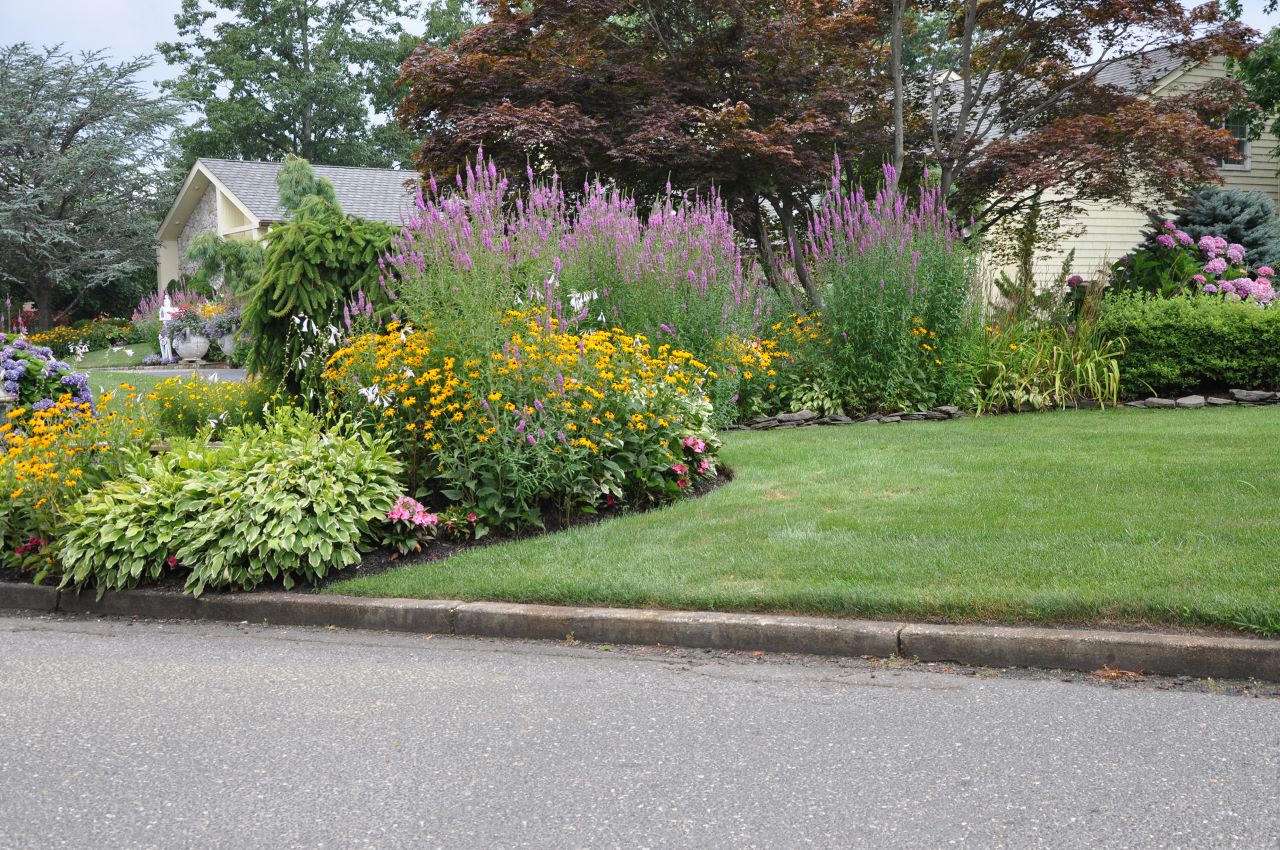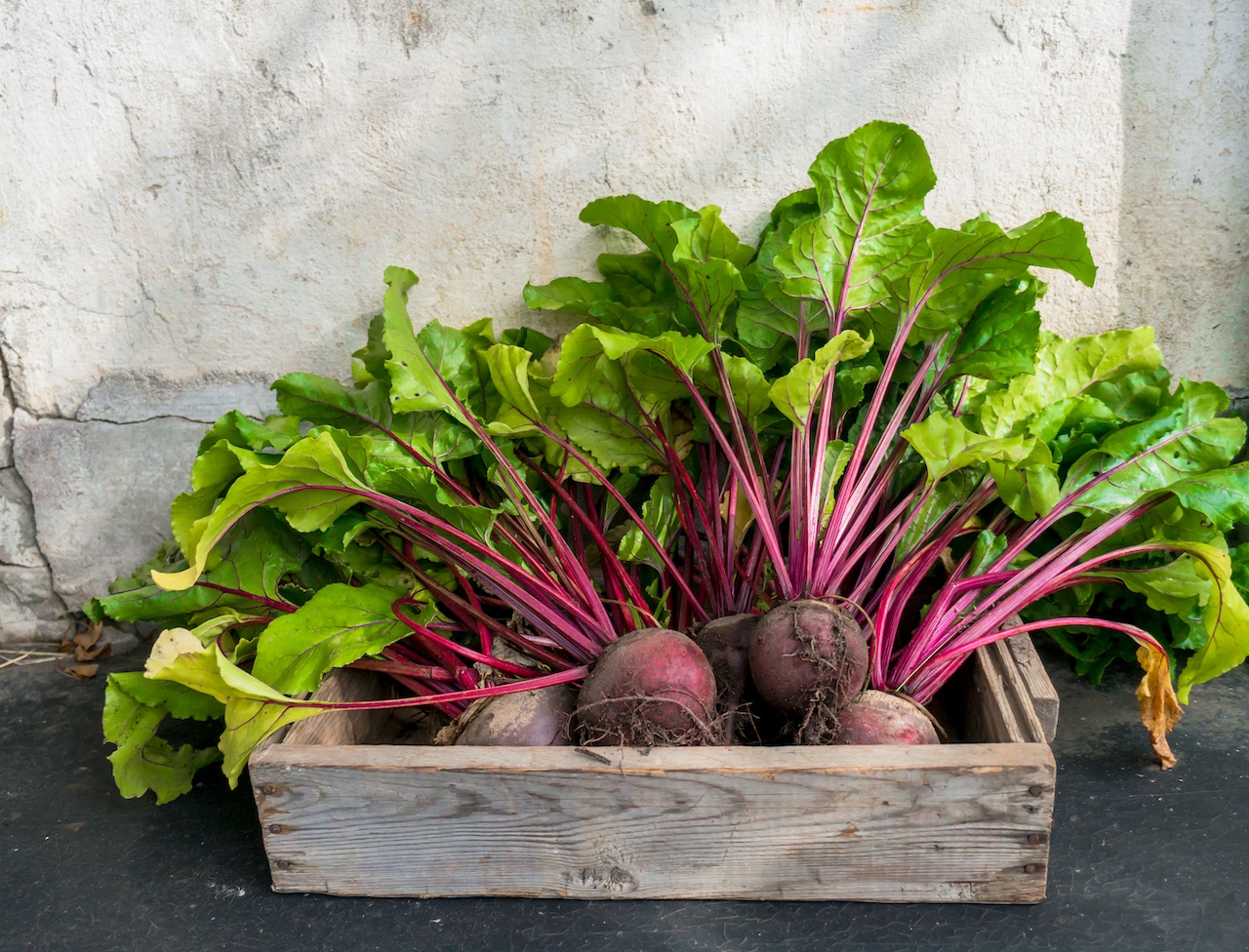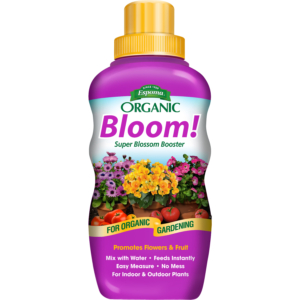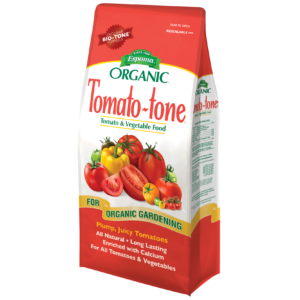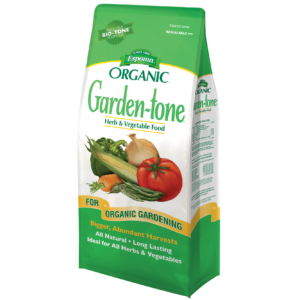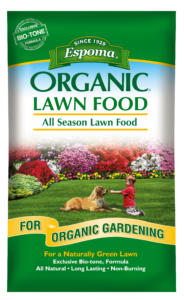Fall: it’s the season of transition. The weather is cooling down, the leaves are changing colors, and the air is getting crisp and breezy. While you might be thinking it’s time to pack up the gardening supplies until Spring, there’s no reason the growing has to stop yet! With this seasonal shift comes perfect weather for establishing new plants, great deals at garden stores, and a decrease in pests. In fact, this special season offers plenty of opportunities for preserving, planting, and preparing. Make the most of this time with these seven tips, and get back in the garden!
1. Don’t Forget Your Veggies
Don’t let the cooler weather fool you, there’s still time for growth. Broccoli, carrots, lettuce, and kale… fall is the season to plant these beloved vegetables. If your vegetable garden needs a boost, use our famous Organic Garden-tone or Grow!
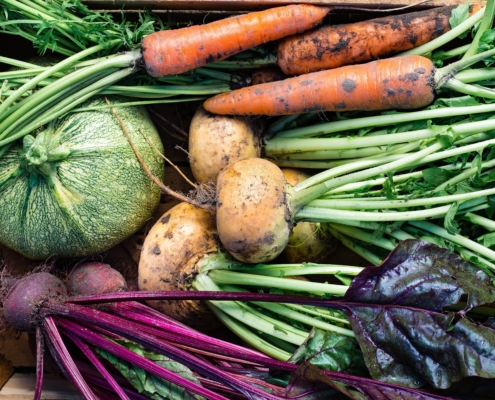
2. Success with Succession
Maximize your harvest all throughout fall with succession planting. Harvest one crop, then replant one with a shorter maturity date, plant companion crops, stagger your seeding so harvest arrives in intervals, or plant a crop with varying maturity dates (broccoli, for example). Try out one of these methods and keep growing with our Garden-tone!

3. Bring in the Big Guys
Looking for a bigger way to upgrade your garden this fall? Plant trees and shrubs while the soil is still warm, use our Organic Tree-tone to nurture their development, and give them a chance to lay roots before winter settles in. Just be sure to keep them well-watered and protect those roots with mulch!

4. Free Fertilizer
Have you tried using those fall leaves to your advantage? Thick piles of leaves can be a lot for your lawn to tolerate, but mowing over what’s fallen creates smaller pieces that break down in the soil easier. Time to tackle that leaf pile and get your lawn some natural nutrients!
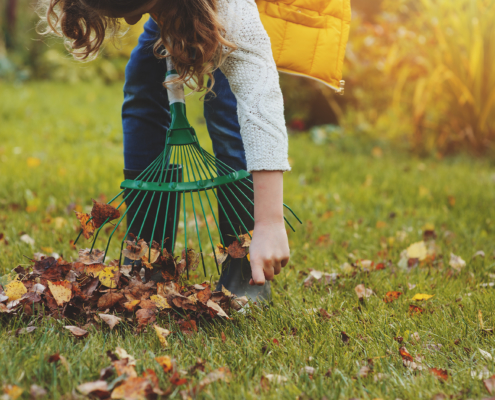
5. Allium On the Way
Patience is a virtue… and so is planting ahead! Give your garlic, onions, and shallots a jump-start by planting them after the fall equinox. With full sun, rich soil, and crisp fall weather, your allium vegetables have plenty of time to get rooted before weathering the frost. Check out this article here for more tips on allium planting!
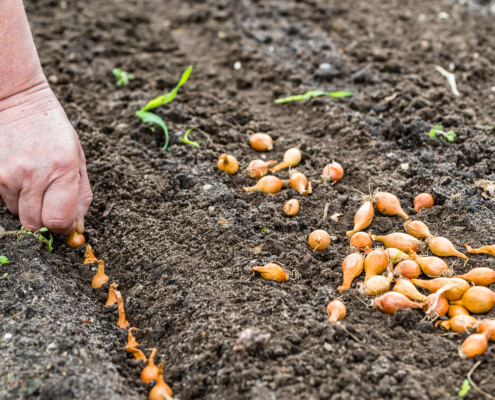
6. Take Cover
Mustard, peas, and clover are great cover crops to plant in the fall. Not only do cover crops prevent erosion, they can create better, richer soil for gardening. Let them grow throughout the fall and winter, then turn into the soil in the spring to enjoy the nutritious benefits of your labor.
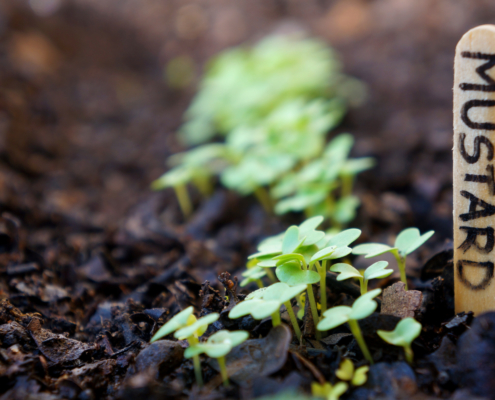
7. Winterize, Winterize, Winterize
Think of it as a gift to your future self. Keep up with weeding, winterize your watering system, and give your lawn a much-needed refresh with our Organic Fall Winterizer. These little chores make all the difference when getting your garden through upcoming winter frosts.
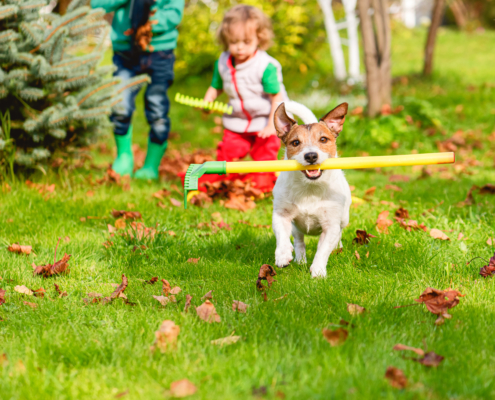
There’s so much in store this season, and with these tips, you can fall in love with fall gardening. Have your own must-do or want to share a photo of autumn in action?
*****
Can’t get enough?
Visit our Facebook page
Or hop on our YouTube Page
Tag us on Instagram!
Featured Products:


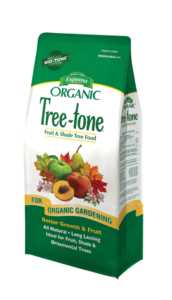
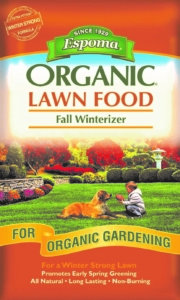

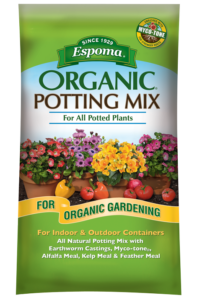
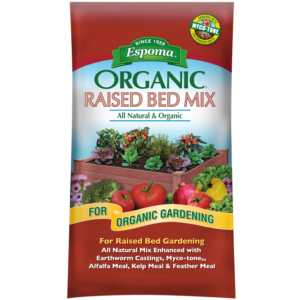
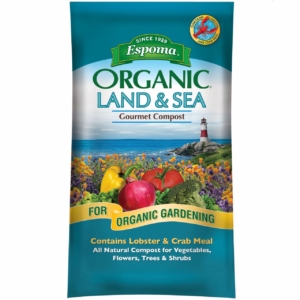
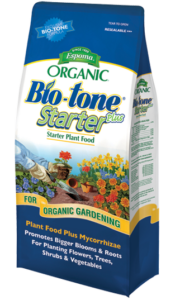

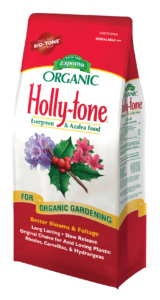
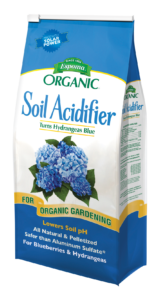
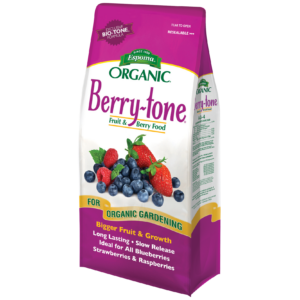
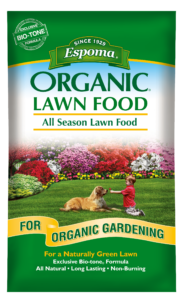
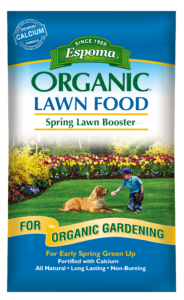

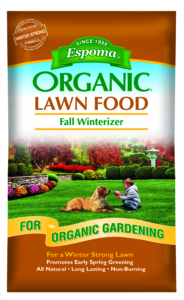
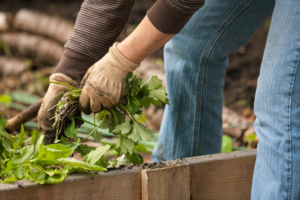
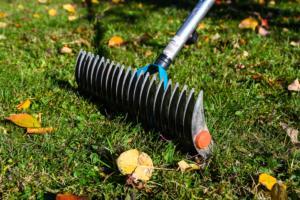
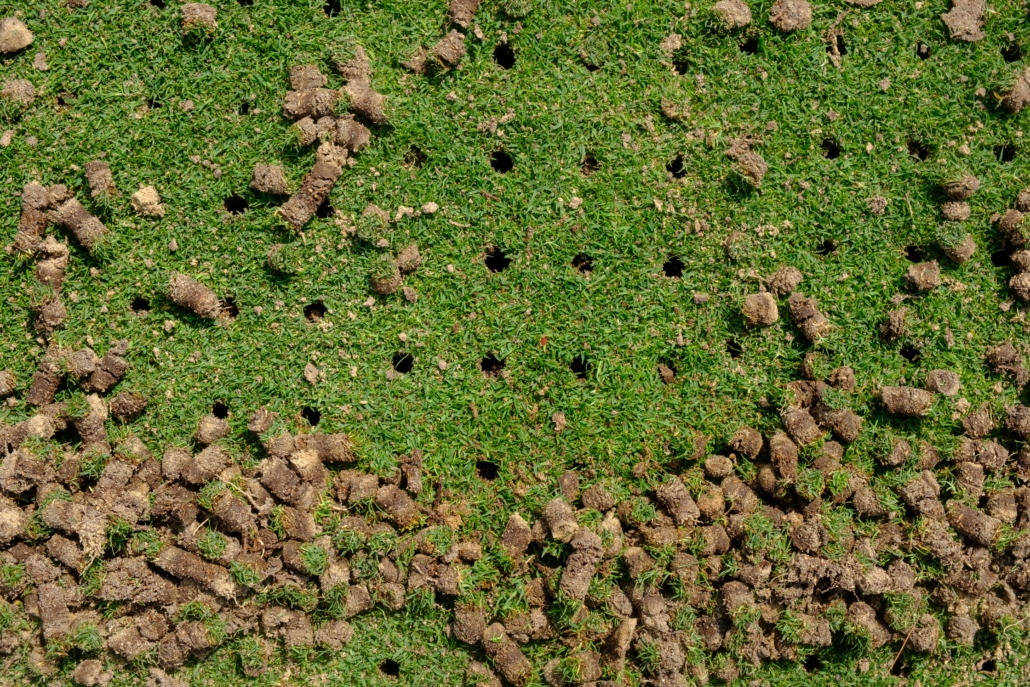
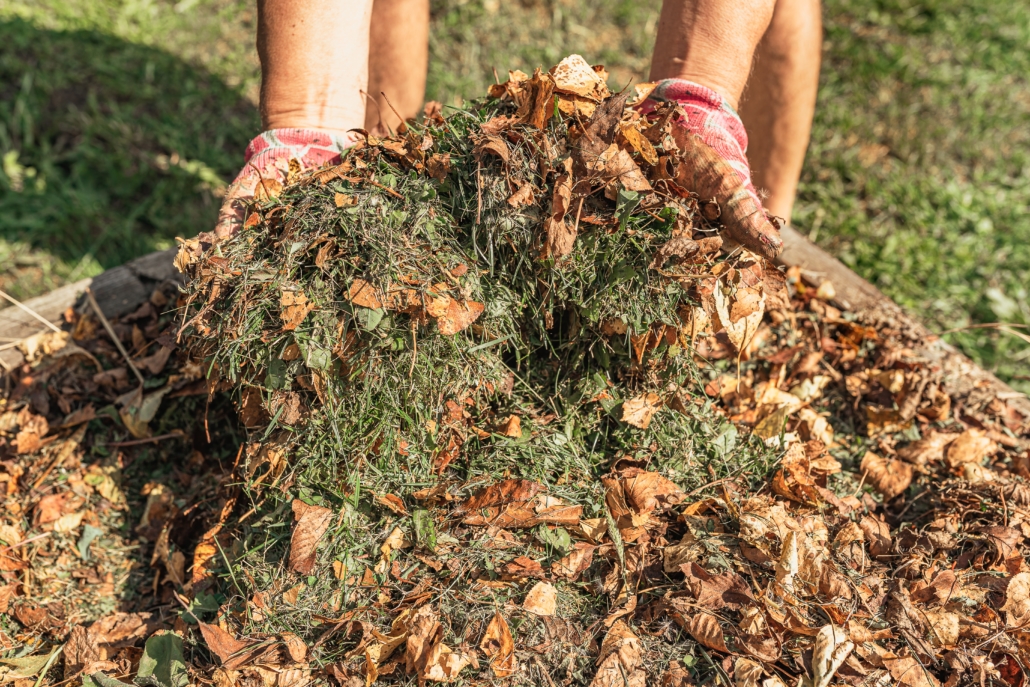
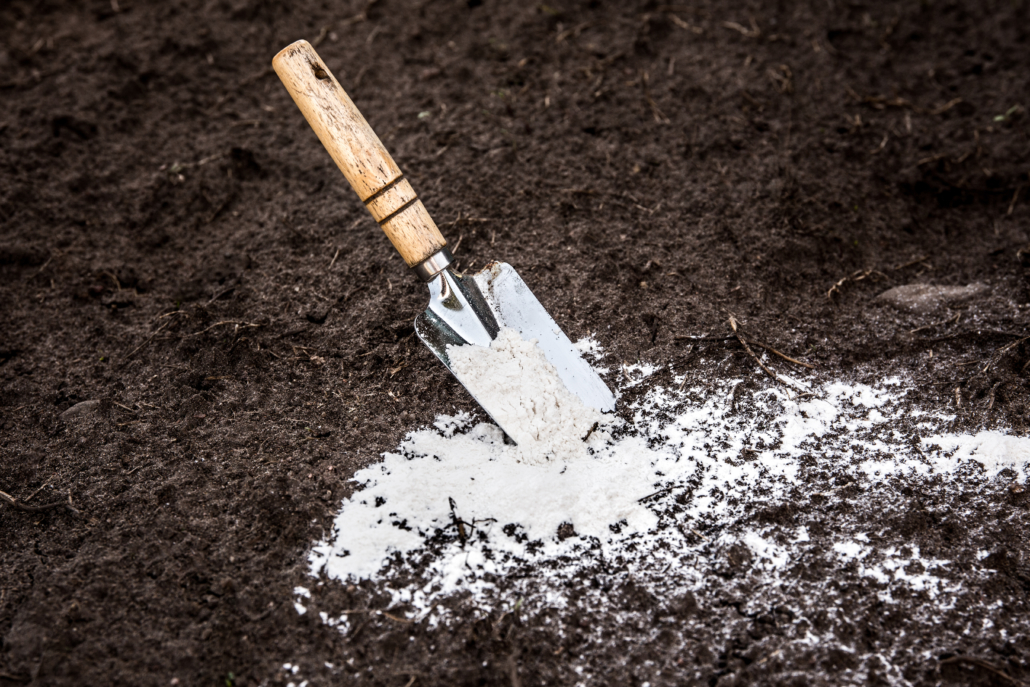



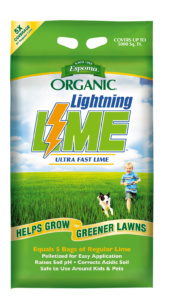










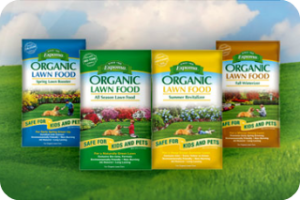 1. Go on an organic diet. Choose an organic lawn program like the new one from Espoma. Benefits include:
1. Go on an organic diet. Choose an organic lawn program like the new one from Espoma. Benefits include:
